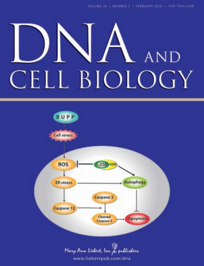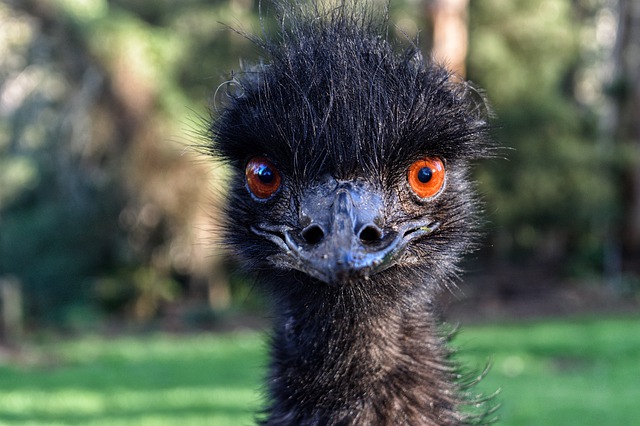
A team of researchers in Iran has lost a 2018 paper on using emu oil to prepare stem cells because they tried to recycle previously published images.
The journal told us that a whistleblower had raised concerns about the article, prompting an involved back-and-forth with the authors and even efforts at accommodation before the eventual decision to pull the paper.
The article, “A biomimetic emu oil-blended electrospun nanofibrous mat for maintaining stemness of adipose tissue-derived stem cells,” appeared in Biopreservation and Biobanking. According to the abstract:
Continue reading Authors “in shock” when image reuse doesn’t fly with publishers of paper on emu oil and stem cells Barislav Momčilović thinks that iodine status is — after iron deficiency — the “main public health” issue in the world today. So when he figured out what he believed was the best way to test levels of the mineral, he was determined to get the message out.
Barislav Momčilović thinks that iodine status is — after iron deficiency — the “main public health” issue in the world today. So when he figured out what he believed was the best way to test levels of the mineral, he was determined to get the message out.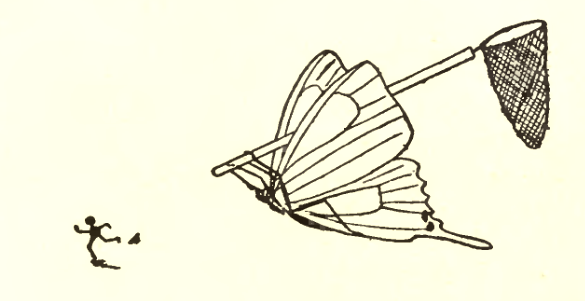

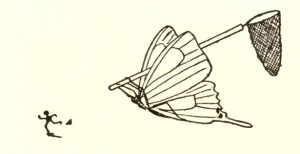

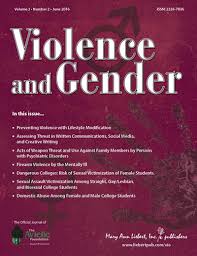 A journal is reviewing a paper about trends in rape at U.S. colleges after the author realized a mistake.
A journal is reviewing a paper about trends in rape at U.S. colleges after the author realized a mistake.

